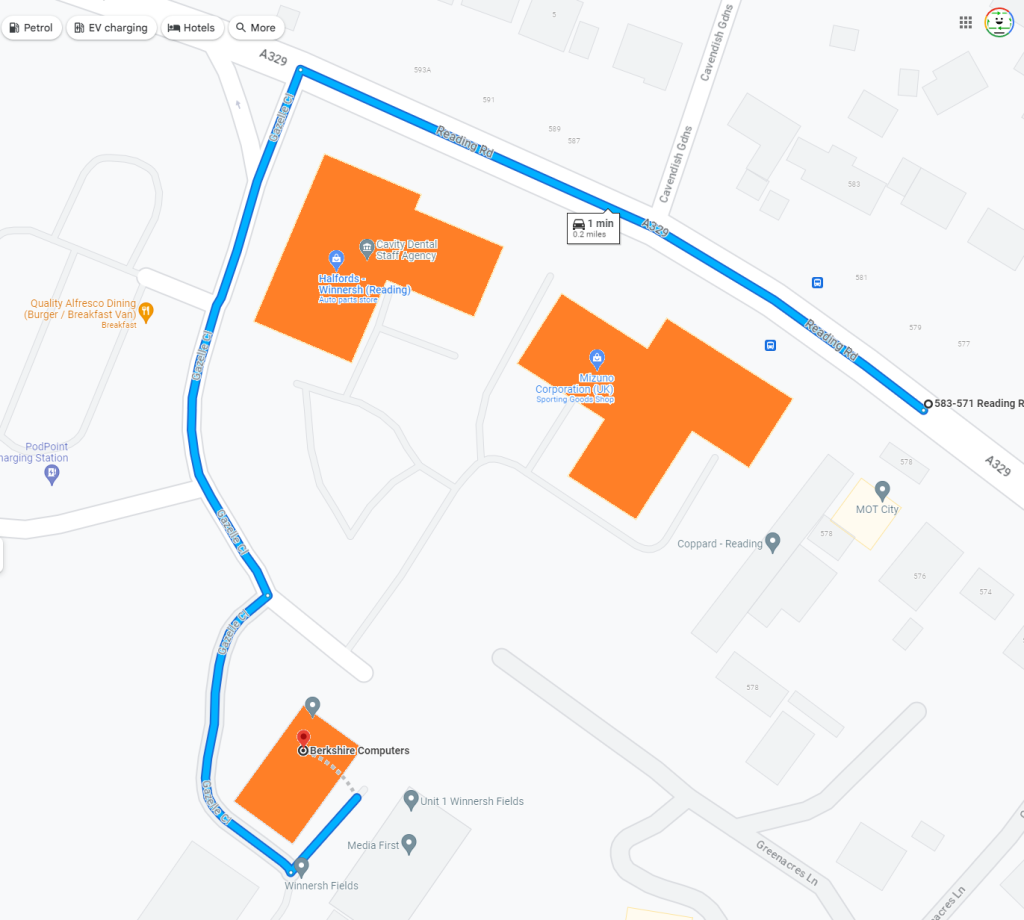Troubleshooting a Persistent PC Boot Issue: Insights and Solutions
Welcome to today’s post where we delve into a peculiar problem that some PC users may encounter: a computer that refuses to start unless given a little warmth from a hairdryer. If you’ve faced a similar conundrum, you’re not alone, and we’re here to explore this unique case with the aim of simplifying your troubleshooting journey.
The Setup
Let’s take a quick look at the hardware involved in this situation:
- CPU: AMD Ryzen 5 2400G
- Motherboard: Asus PRIME B350M-A (latest BIOS installed)
- RAM: 16GB (2x 8GB HyperX FURY, clocked at 2400Mhz)
- Power Supply Unit (PSU): Thermaltake 600W 80 Plus White Smart Series
All components are approximately 1.5 to 2 years old and have not been overclocked or had any voltage modifications.
The Problem
The primary issue at hand is that this PC requires a hairdryer’s warmth to function after being turned off. Each morning, the machine remains unresponsive until the heat is applied, after which it operates normally for extended periods without any complications. This phenomenon raises several questions, especially regarding underlying hardware stability.
Troubleshooting Steps Undertaken
An array of troubleshooting measures have been explored thus far:
– The system has been carefully reassembled.
– Testing was conducted with a single memory stick and minimal peripherals connected.
– Prime95 was run for nine hours without encountering any errors, with CPU temperatures peaking at a concerning 89°C.
– Memtest86 and OCCT CPU tests also yielded no errors.
Given the tropical climate, with temperatures ranging from 24 to 32 degrees Celsius and high humidity levels persistently, it presents additional challenges for hardware performance.
Investigative Progress
Despite the lack of access to spare components for testing, the experimentation continued. Notably, during a recent attempt, the hairdryer was directed away from the PSU, heating the casing instead—specifically the front and upper sections. This focused approach proved effective, allowing the PC to boot successfully after a few minutes of warmth.
Interestingly, it was also noted that the Windows clock has begun to lag behind, despite being set to auto-update correctly for the timezone. After a manual sync, the time was correct, yet it still fell short of accurate during subsequent checks.
Potential Conclusions
Based
Share this content:



